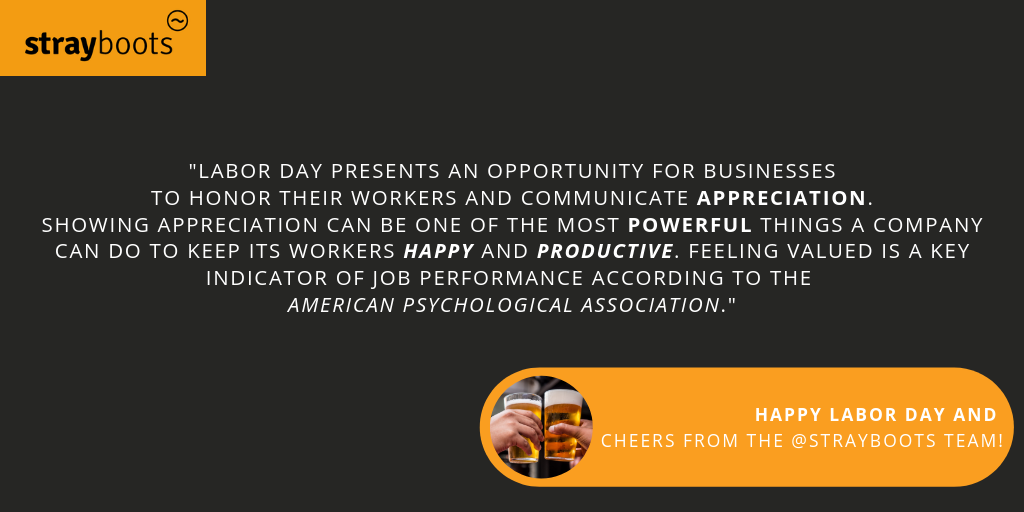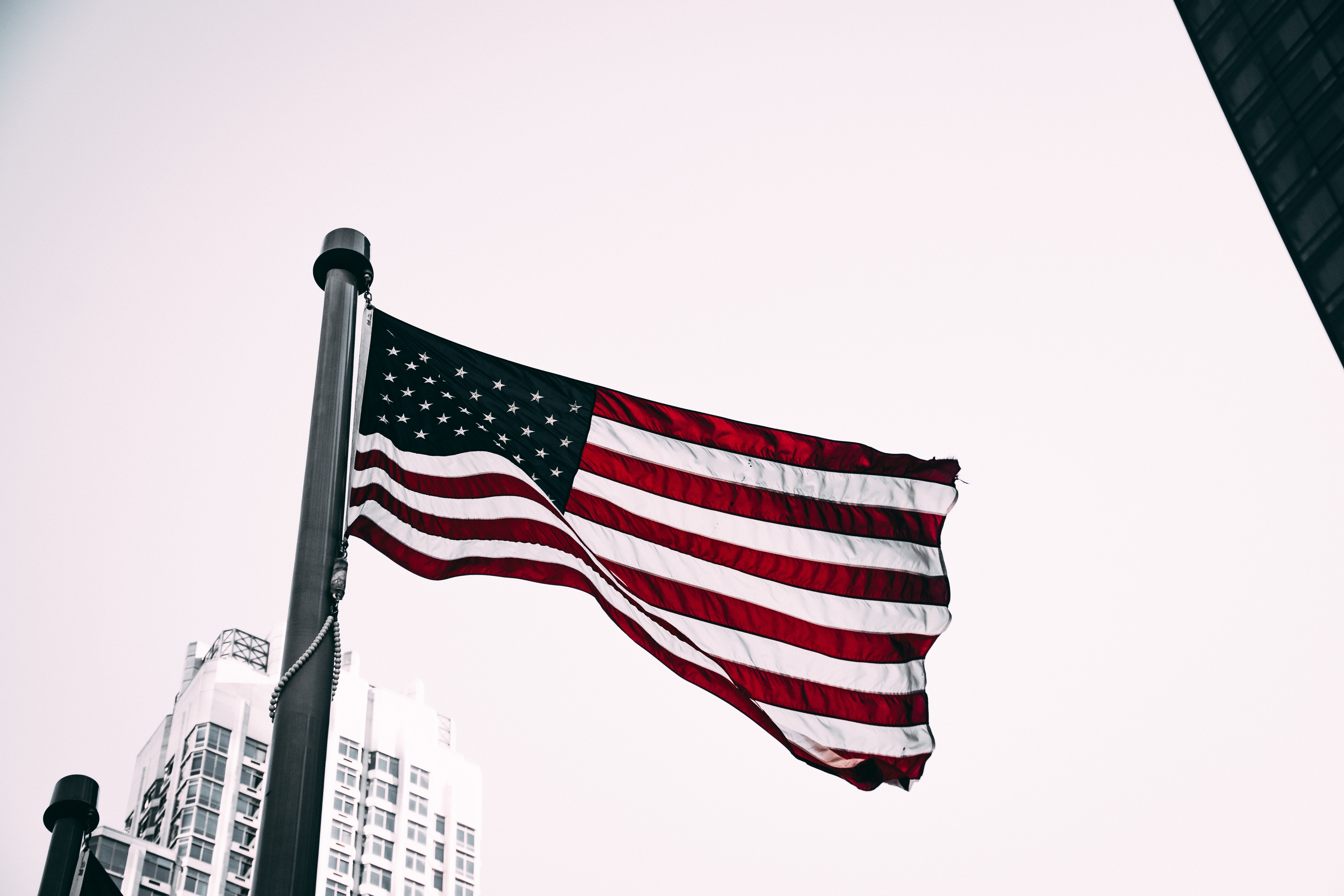Labor Day is around the corner, and the holiday presents an opportunity to remark upon an interesting trend that may impact businesses in years to come; especially as younger workers join the labor ranks in ever-increasing numbers.
Originally a product of the labor union movement, Labor Day has come to mean different things over the years. Initially (among some factions) it was intended as a day of collective protest against working conditions in the 1800s but then became a day to honor workers; as stated by the Labor Department, “The day is dedicated to the social and economic achievements of American workers.”
Over recent decades, Labor Day’s focus morphed away from collective action and workforce recognition to a focus on the individual (and specifically, on family gatherings, barbeques, and vacations). Union membership has plummeted in recent decades, an interesting parallel. Union membership has been falling steadily since it reached a peak in 1983. 20.1 percent of the labor force was organized in 1983 and fell to 10.7 percent in 2016.
However, this appears to be changing. By some reports, union roles are beginning to increase for the first time in nearly a generation thanks in part to younger workers organizing. In 2017, workers under the age of 35 made up 76 percent of the growth in union membership. Why is this and what is the potential long-term impact on your business?

Labor Day History
Horrific working conditions in the 1800s were at the heart of what initiated the labor movement. In the 1830s, for example, manufacturing workers were putting in over 70 hours a week on average. Children made up a significant portion of the labor force, and workplace injuries and deaths were common and without recourse. By the end of the century, unions had organized to lobby for, among other things, an eight-hour workday.
The first governmental recognition of Labor Day came from municipal ordinances in 1885 and 1886. From there, states began to recognize the holiday. In 1894, Congress passed legislation making the first Monday of September each year a legal holiday in D.C. and the territories. Many politicians and business leaders were in favor of the holiday as giving workers more time off allowed them to consume the rapidly expanding amounts of goods and services the modernizing economy offered.
Union Rolls and the Millennial Worker
Many factors contributed to the drop in labor union membership that occurred in recent decades. But why does this trend appear to be potentially reversing? Some experts believe that millennial workers, exposed to job insecurities, low-pay, and rising costs, are behind this trend. There is increased participation in public sector unions and professional areas. Television writers, graduate students, adjunct faculty, technical workers, UPS drivers, Maine lobster fisherfolk, and contract workers who make up the bulk of the new gig economy workforce are unionizing according to professor Ken Jacobs.
How Companies are Responding
It’s too early to say whether and how markets and the geopolitical landscape might react to a potential re-growth of the labor movement. But a renaissance of the concept of improved rights for workers can already be seen impacting businesses in the United States.
Much of the new labor movement is in response to the changing fundamentals of the economic order. Some experts believe that as the last decade of economic expansion occurred, young people felt left behind as they saw wealth become increasingly concentrated at the top. The feeling of being locked out of this growth may be leading workers to stand in solidarity and demand change.
In recent years, perhaps partly in response to worker sentiment and also as a result of the tight labor market, a growing number of companies are offering increased benefits, such as paid maternity or paternity leave, flexible schedules, and other things to attract and keep younger employees. Some companies are also getting creative in offering new ways to foster employee welfare and happiness. This includes actions from moving office space to WeWork to take advantage of their amenities, to organizing more team building activities.
Burgers, Beer Plus a Broader Opportunity
Benefits and creativity aside, Labor Day presents an opportunity for businesses to honor their workers and communicate appreciation. As simple as this sounds, showing appreciation can be one of the most powerful things a company can do to keep its workers happy and productive. Feeling valued is a key indicator of job performance, according to the American Psychological Association. By all means, enjoy the holiday and all its trappings, the barbeques, the beach, and the beer, but businesses who miss the opportunity to remember, fundamentally, what the day is all about, are missing a prime opportunity to help build a happier, more productive workforce.



